How to properly structure your CV this year
A well-structured CV shows recruiters that you are a professional person with good communication skills. Here’s what you need to know about CV structure.
A well-structured CV shows recruiters that you are a professional person with good communication skills. Here’s what you need to know about CV structure.
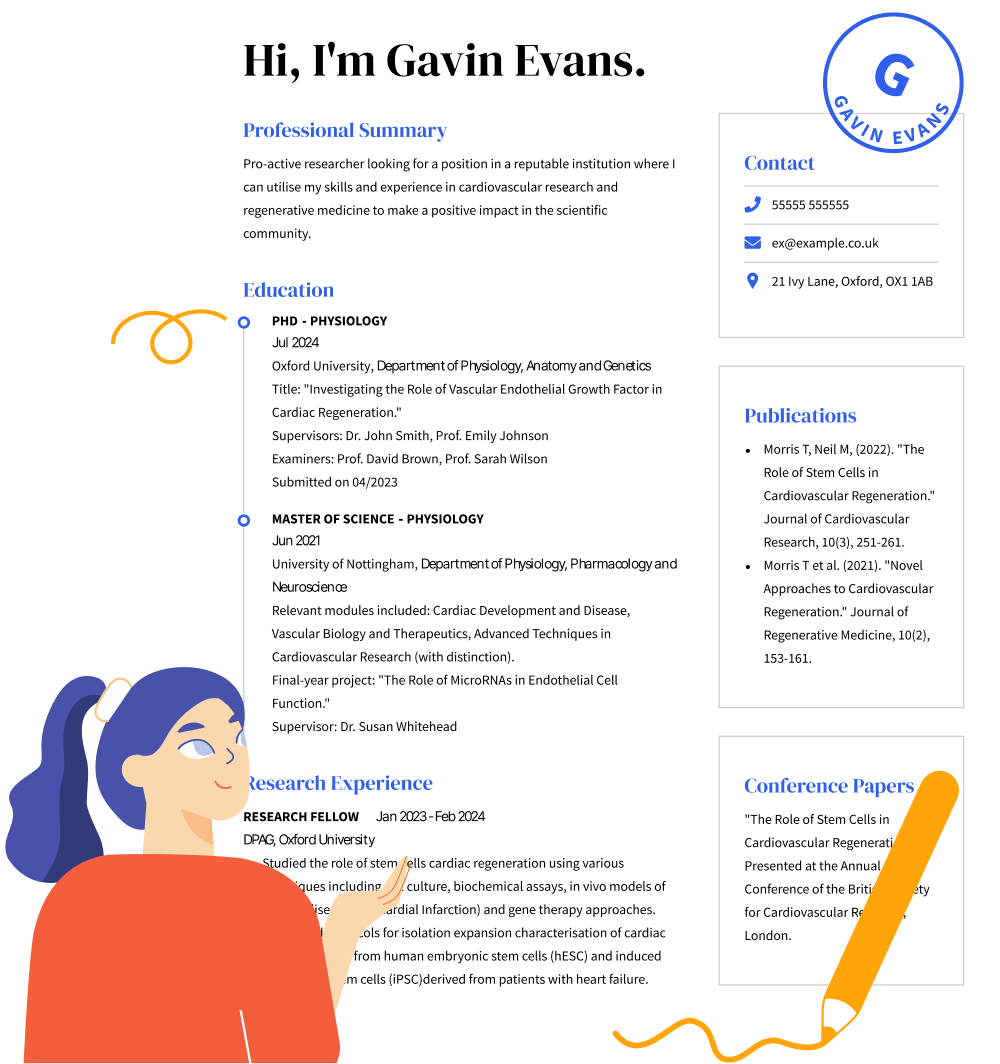
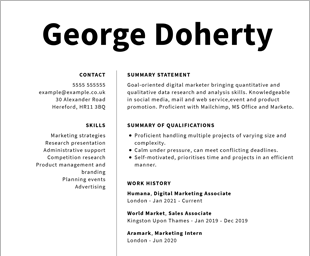
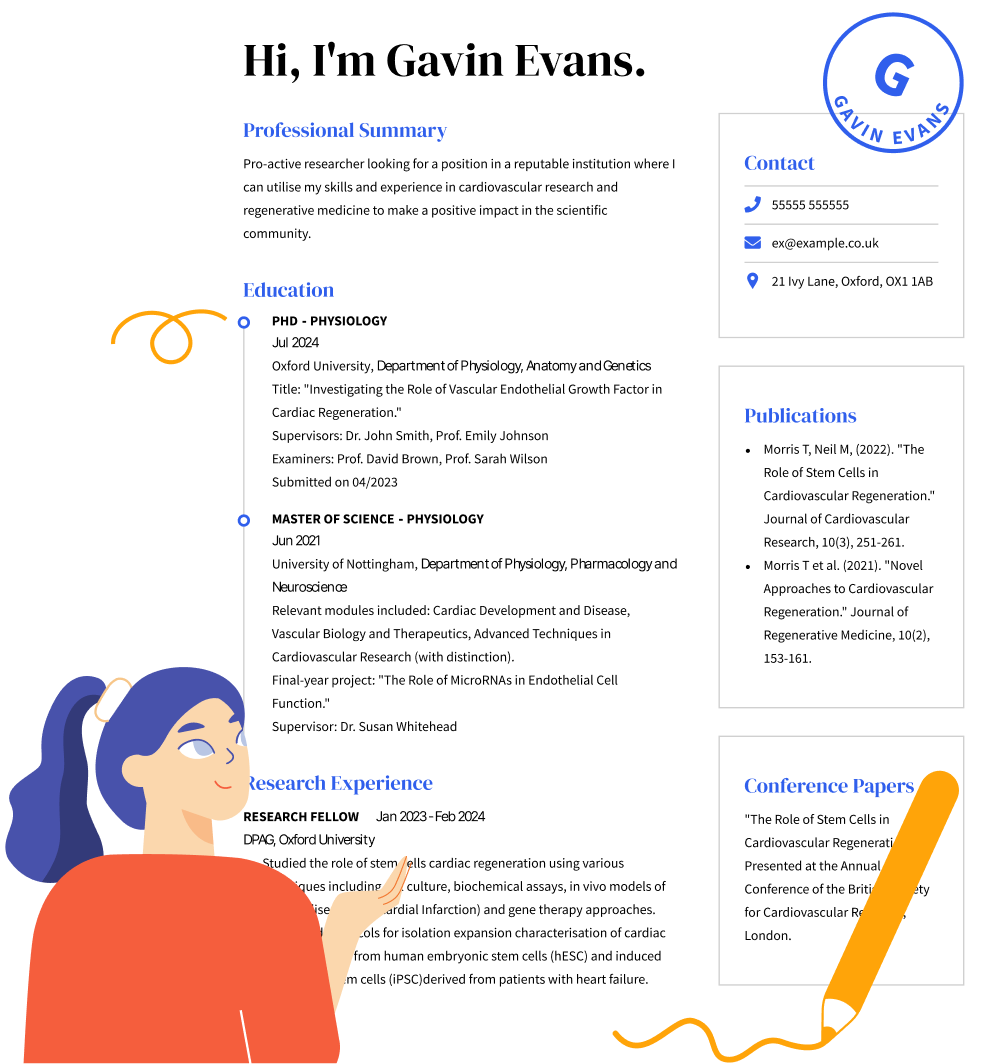
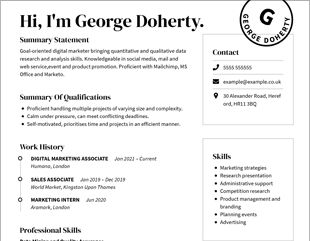
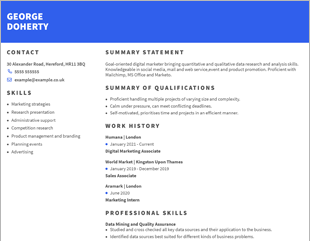
OUR USERS HAVE BEEN HIRED BY
When you write a CV, your structure will be important. Think of CV structure as an outline that you can use to incorporate all the information employers want to know, from your skill set to your past job titles. How can you do this most effectively? Here’s what to know about your CV structure.
So, what does CV structure really do? Why do you need to ensure your work experience and skills are on a certain path? The truth of the matter is that your CV structure has an impact on how hiring managers read your CV.
The first benefit that a CV structure can have is in highlighting your strengths through design. A hiring manager will typically read your CV from the top of your CV to the bottom. In most CVs, that means the first thing they look at will be your professional summary, followed by your skills or work history.
CV structure also has to do with the elements of your CV that you highlight. In some cases, you may want to focus on skills and less on previous jobs, while in others, you might include fewer skills and more robust job descriptions. Career changers and recent graduates might benefit from a skills-based CV, while people with a decade of experience in their field might prefer a CV that leans on work history.
There are three common CV formats you’ll see when writing your CV. These different formats emphasise different CV elements, and the right CV format will differ for different job seekers.
The first format is the chronological CV format. This is by far the most common for professional CVs, and people typically use it if they have an employment history that lines up with the job they’re looking for. In this CV format, the experience section is more extensive, which can help in a job search where experience is key.
The next format is the functional CV format, also known as the skills-based CV. This is the most common format when your previous career path doesn’t align as well with the company you’re applying to or you have less than two years of work experience, so you’re instead trying to rely on skills. This format features different skills sections to highlight the wide range of abilities you have to perform the job. The experience section will often be significantly shorter, with just the company name, job title and worked dates included.
The last format is the combination CV format, also called the hybrid format. This format tries to include the best elements of the reverse-chronological format and the functional format. It will typically include an expanded skills summary with up to a 10 skills, but it may also include bullet points reflecting professional experience in the work history section.
There’s no such thing as a single “best CV format.” The perfect CV for you won’t necessarily be the perfect CV for someone else. Your best bet is to look for a CV that effectively outlines your experience and skills for the particular job you want.
CV formatting tips can help you turn a decent CV into a great one. Here are a few tips to consider as you write a CV in any format:
One of the best ways to make sure that your CV looks amazing is to use the CVHelp CV builder. There are dozens of different CV templates available with this builder, making it a great way to write your CV that fits whatever style you need.
When going through the CV writing process, you’ll want to start with five key sections. The CV starts with the header, which includes your contact information and social media links. From there, you move to the professional summary statement, which is a two-to-three-sentence overview of your relevant skills and experiences. Then, you’ll also include a skills section, a work history section and an education section. There are also optional sections that you can include, such as certifications, internships, hobbies, and extracurricular activities.
There is no single best structure for a CV. Any CV that makes a potential employer call you in for a job is using the best structure for your qualifications. The chronological order is definitely the most common, but it’s not always the best option. Looking at multiple CV examples for your field is a great starting point to ensure that you’re using the best CV structure.
A CV builder is the best way to structure your CV more effectively, ensure your CV is readable by applicant tracking systems (ATS) that scan CVs for employers, and get writing tips for your CV from start to finish. Start your journey toward a new position with the CV builder from CVHelp.
We personalize your experience.
We use cookies in our website to ensure we give you the best experience, get to know our users and deliver better marketing. For this purpose, we may share the information collected with third parties. By clicking “Allow cookies” you give us your consent to use all cookies. If you prefer to manage your cookies click on the “Manage cookies” link below.